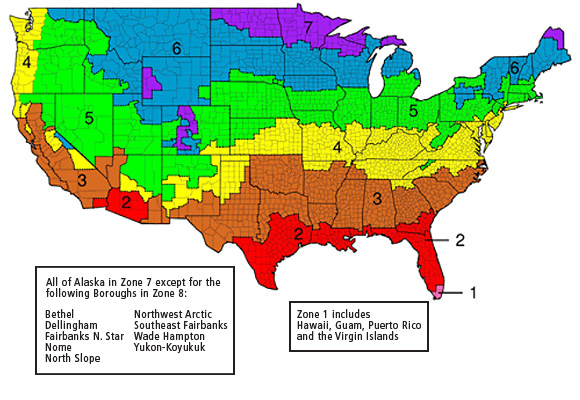There are so many variables in the equation to determine if you're usage is on par with what you should expect. What's the home size, and what temp are you keeping it at?
I looked at the P61a manual to see if it listed a maximum feed rate, or a efficiency rating, along with it's BTU output rating - it doesn't give either. So, we'll make some assumptions to get at the feed rate. 61,000 BTU in a 75% efficient stove (guesstimate) would require an input BTU of ~82,000 BTUs. A pound of wood pellets has right around 8,200BTUs (this varies a LOT depending on brand, easily +/- 500BTU) so that would require a feed rate of 10lbs/hr. So, at 10lbs/hr that stove can chew through a bag of pellets in 4hrs, or 240lbs/day at full power. That'll eat 3 tons in 25 days, assuming its run flat out the entire time. So, it's certainly not outside the realm of possibility to be consuming as much pellet fuel as you indicate.
If your 61,000 BTU stove needs oil help when it's <25*F out it sounds like you have a major BTU load in that home. If the stove is just keeping up at lets say 30*F at full power that would be like nearly 1.5 million BTU/day of heat required for your home @ 30*F ambient. That must be a pretty big house, or its pretty drafty. To put some context around that my daily BTU load @ 30*F is right around 500,000 - that's for a 2,100sqft double-wide/modular on a full basement. Stove is the finished section of the basement. Air is pulled from an air return in that room through the HVAC system and pushed around the house. Ambient temp is 70*F or better in every room upstairs, and 82*F in the finished basement. My stove runs ~20hrs/day on a 30*F day, 2 bags of pellets at the 4lbs/hr max feed the stove is capable of.





